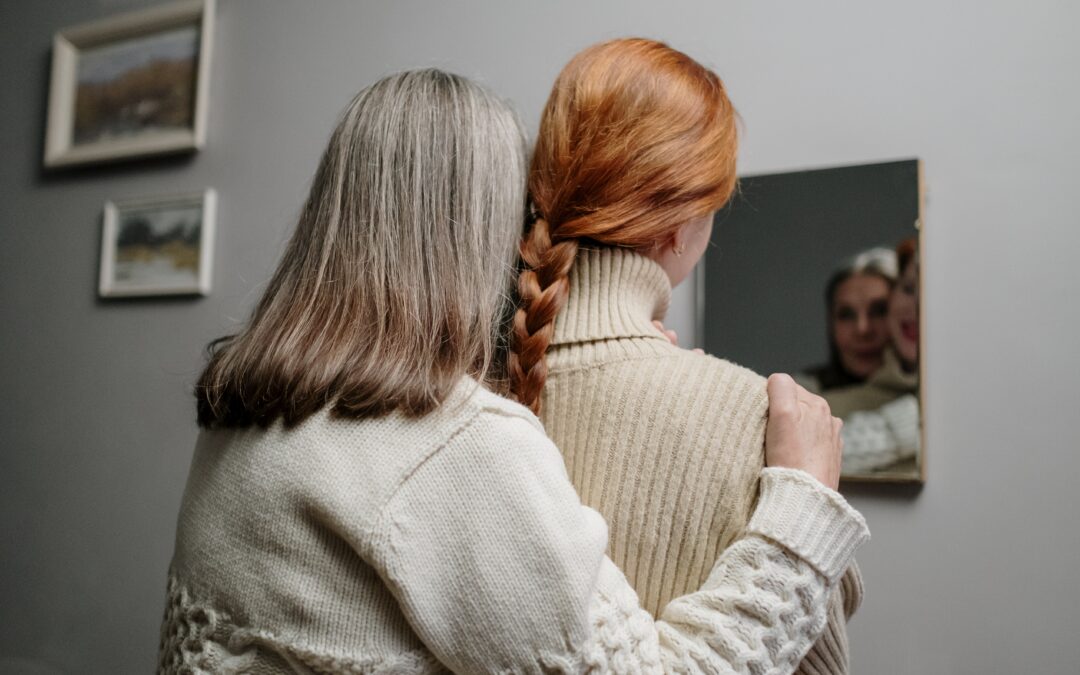In his Inauguration Day speech, President Joe Biden preached the need for unity moving forward, saying without it, “there is no peace, only bitterness and fury; no progress, only exhausting outrage; no nation, only a state of chaos.” While most people desire and strive for unity, many of us continue to live along the lines of our national divisions. How did we get here? And how should we proceed in the years to come?
The Precondition for Cooperation
Social media and the internet tailor content to our user preferences, beating us back into the echo chambers of our own design. It is already daunting to step outside the boundaries of safety and live with, let alone embrace, those with whom we disagree or deem hostile, and this past year of civil unrest has done much to fan the flames of antipathy. As such, calls for unity appear to be a pipe dream, something so many in the media have hastened to observe. So while enmity continues to flare both within in the halls of power and in the public square, we the people have our work cut out for us, beginning not just with cooperation. The precondition for any and all cooperation comes when we overcome our need for self-reliance. When we relinquish individualism, we will rediscover our individual dependency and the essence of community required for a healthy democracy.
A Society of “We” to a Society of “I’
Ralph Waldo Emerson wrote in his influential essay Self-Reliance that “the great man is he who in the midst of the crowd keeps with perfect sweetness the independence of solitude.” Today, with technologies and services that would seem to help us preserve “with perfect sweetness the independence of solitude,” the adjective to describe what we have become would be far from “great.” More people, especially young people, are alone and lonely in light of social distancing measures and despite constant internet connection. Far from experiencing the “independence” Emerson describes, many feel isolated, finding it harder to trust and socialize, becoming more selective and more intolerant in their views for reasons beyond the pandemic. In the words of Philip Jeffrey, the society of “we” has become a society of “I.”
Bowling Alone?
The political scientist and author Robert D. Putnam sought to explain the dissolution of civic and social life in a controversial book called Bowling Alone, claiming that people in post-1960’s America no longer “took a[n] active role in the social and political life of their communities – in churches and union halls, in bowling alleys and clubrooms, around committee tables and card tables and dinner tables.” As Ian Marcus Corbin put it, “Bowling Alone’s central story is one of Americans drawing inward, and away from each other.” The results were a decline in civic association membership, smaller voter turnout and higher self-reported social distrust. The reasons for this massive shift are numerous, one being that an entire generation, forged in the fires of World War II, became unusually civically engaged through an “experience of collective struggle,” as Corbin writes. Moreover, Corbin explains, the impact of the television revolution on human perception and experience cannot be underestimated:
“Television takes your average human – from a species that evolved to its current form while navigating hills and beaches, hunting expeditions, farming, sex and childrearing – and pumps in an astonishing, carefully composed stream of bright, undemanding, frenetic stimulation. It occupies our inner lives so that we don’t have to be our difficult, boring, ambiguous selves, or be in our difficult, boring, ambiguous places, surrounded by difficult, boring, ambiguous people.”
Or Bowling Together?
Ultimately, our task as a society is to decide whether we wish to become a society of me or a society of we. Do we have the patience to bear with one another’s “difficult, boring, ambiguous selves”? In other words, do we have the patience and confidence to project the virtues we hope to practice within family life out into society? We live in an age that has grown accustomed to comfort, convenience, and day-of delivery. Can we renounce our echo chambers and self-centered dependencies and submit to mutual dependency in community, so that we might grow in trust and ultimately learn to love our neighbor? Can we withstand the contrary opinions of others for the sake of friendship and improvement? Can we recognize that, without the primacy of faith, family, friendship, and nation, that unity will remain a pipe dream?







